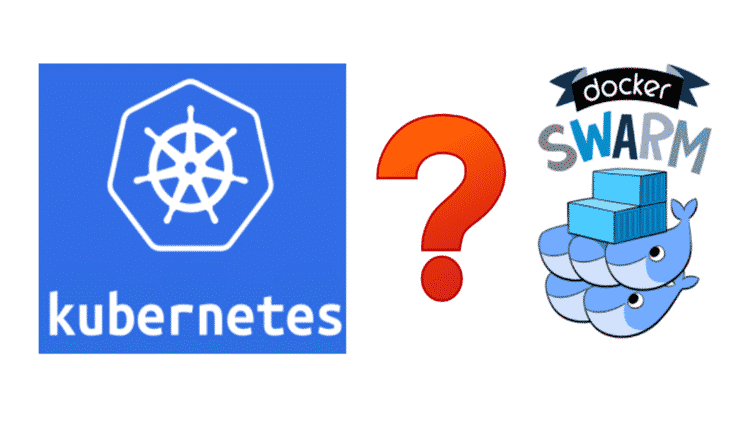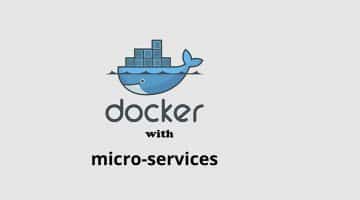Kubernetes and Docker are one of the most important tools that are used to deploy the containers inside a cluster. Both are created as a helper tool that is used to manage container inside a cluster and treats all servers in a single unit. Moreover, they greatly differ in their approach. Containers become more popular thanks for being focused on consistency across the platform from development for production. Rising in interest to the container has in turn brought a higher demand of management and deployment. The need for attraction of controlling a number of software options as a solution for container orchestration, which allows an abstraction of individual container orchestration in Kubernetes and Docker. With the Hire Freelance Web Developers, you will take on how Kubernetes and Docker compare.
Define Kubernetes?
Kubernetes is one of the open source systems for automating scaling, deployment, and management of containerized application. It creates a project for managing cluster of Linux container in a single system, running, and managing Docker across the multiple hosts, which offers container collocations, replication control and service discovery. Kubernetes was started by the Google and now it is supported by the IBM, Docker, Microsoft and RedHat.
Kubernetes can serve two purposes: It starts and scales container across the multiple Docker hosts and balancing container across them. In addition to the high level of API defines how the container is logically grouped, loading, and balancing, allowing a defining pool of container and affinity. It is defined by the states, but nor processes. It is built up on 15 years experience in the production of running workload at Google, which is combined with the breed practices and ideas from the community. It is a group of container that makes an application into logical unity for an easy discovery and management.
The post freelance jobs free provide about the Kubernetes and its components. Some major components are used in Kubernetes such as pods, flat networking space, labels, service, and replication controller.
Kubernetes Vs Docker:
Comparing Kubernetes and Docker really come down when the Kubernetes compared to Docker product. New subscription of Docker is an immediate access to swarm features while the legacy version requires a quick toggle switched into a turn on it. The post freelance jobs free give some guidelines on how to compare Kubernetes and Docker tools.
- Set up and installation:
The main complaint of users regarding Kubernetes is about the usage in different setup for every operating system. You can useKubernetes online resource for helping kind of the configuration of your workspace, but you should prepare to do many googling to build their customized environment that breaks from the standard implementation. It takes lots of planning as you will need to define their nodes before you can get to start. Additionally, some manual integrations and installation feel like a task of a mammoth.
Docker Swarm is used as a Docker CLI that runs on all portions of its program. With the Docker, you will need only to learn that should one set of tools to build upon your environment and configuration. Because the Docker Swarm program runs on the current Docker and there is no setup other than selecting into swarm beta. From that reason, you can build a container through command as they can arise in contrast to how Kubernetes require mapping out of your cluster before you get to begin.
- Working on two systems:
Kubernetes runs on the top of Docker, but it requires knowing CLI (Common Language Infrastructure) for both. You should know Docker common language infrastructure to navigate within a structure and then supplemental Kubernetes common language infrastructure to run for those programs. Several hire freelance web developers have to run their containers in your network. They become more familiar with the Kubernetes common language infrastructure if they need to get anything done in the process of clusters.
Docker will feel much like to work in other Docker tool (compose method). You will use same common language infrastructure and even spin up a new container with the single command. The variability and speed of this tool are easy to use along with command structure that gives Docker usability edge. Whereas the Kubernetes is like to feel reinventing the wheel and Docker is allowed for speed. If you need to be performing a function and cannot base on the current API, then you are stuck.
- Logging and monitoring:
Kubernetes has supported too many different versions of monitoring and logging when the services may deploy within a cluster:
- Elastic search or Kibana (ELK) is logging into a container.
- Grasfana/Influx/ Heapsteris used for monitoring in a container.
- Sysdig cloud integration.
Docker is supported for only monitoring with the third party applications. Docker is highly recommended by using Reimann for the purpose of monitoring, but an open API makes to connect with a lot of applications easy. Docker log can be shipped through ELK within a cluster as well.
- Size matter:
The number and size of container you can spin used to define as a choice of difference between Kubernetes and Docker, but it is recently released and updates of Docker significantly closed their gaps. Now, both systems are supported thousand node clusters and more than thirty thousand containers. Kubernetes may be difficult to get ongoing, but the running and boosting up to 99% of API call respond within a second. Once you can spin for those containers, you have flexibility throughout what you will do with them.
Docker was reported on the independent test of DockerVsKubernetes in the previous year of March 2016. The study has found that the Docker could spin the same number of container 5 times faster than the Kubernetes. This is very large due to the Kubernetes tool complexity.
Summary:
Kubernetes and Docker are not an easy comparison. The elitist in a fight to customer support agent once you need to recommend the technology, which has capabilities and cooler roots while other people want something to work. For that case, customer support agent wins and you have to recommend a Docker other than specialized cases (success applications at overnight like Perhaps, Pokemon Go). Docker is very easy to use and install beats have to be learnt using a new command for only capable of a limited bump.



